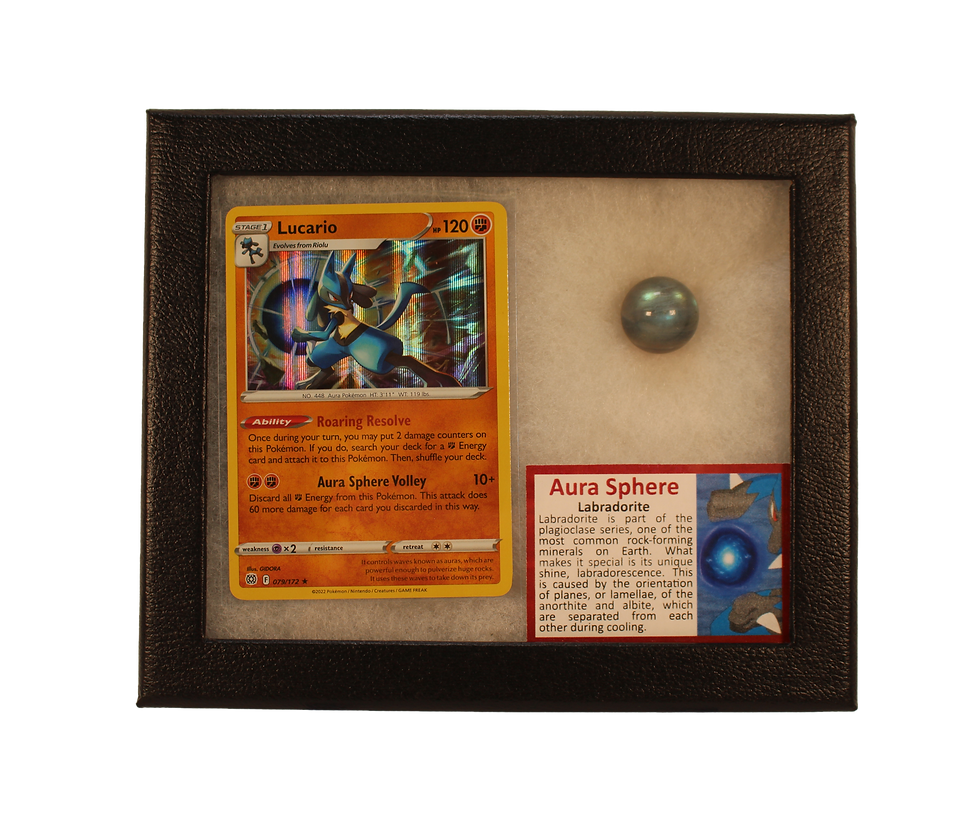Authenticity guaranteed! - Ships next business day!
Muonionalusta Meteorite
- Fell approximately 110,000 years ago
- Discovered in 1906 in Norrbotten, Sweden
- Class: Iron, IV A, Fine Octahedrite
- Great for schools, teaching, presentations and gifts
- Box measure 6" x 8" x 1"
- Each frame of artifacts is unique but will be equal to the one displayed
* The Muonionalusta Meteorite *
The Muonionalusta meteorite is a meteorite classified as fine octahedrite, type IVA which impacted in northern Scandinavia, west of the border between Sweden and Finland, about one million years BCE.
Studies have shown it to be the oldest discovered meteorite impacting the Earth during the Quaternary Period, about one million years ago. It is quite clearly part of the iron core or mantle of a planetoid, which shattered into many pieces upon its fall on our planet. Since landing on Earth the meteorite has experienced four ice ages. It was unearthed from a glacial moraine in the northern tundra. It has a strongly weathered surface covered with cemented faceted pebbles.
* What is a Meteorite? *
A meteorite is a solid piece of debris from an object, such as a comet, asteroid, or meteoroid, that originates in outer space and survives its passage through the atmosphere to reach the surface of a planet or moon. When the original object enters the atmosphere, various factors such as friction, pressure, and chemical interactions with the atmospheric gases cause it to heat up and radiate energy. It then becomes a meteor and forms a fireball, also known as a shooting star or falling star; astronomers call the brightest examples "bolides". Once it settles on the larger body's surface, the meteor becomes a meteorite. Meteorites vary greatly in size. For geologists, a bolide is a meteorite large enough to create an impact crater.
Muonionalusta Meteorite
-
-Limited Lifetime Authenticity Guarantee-
The Smoky Mountain Relic Room stands behind the items we sell with a limited lifetime guarantee. We will exchange any item for store credit if the item sold is found by a certified authenticator not to be the authentic artifact, fossil, meteorite, or mineral that we advertised it as being. A letter, specific to the artifact, fossil, meteorite, or mineral in question, from a certified authenticator (in the business under the occupation-specific to the item in question), must be brought in with the item for the return to be acceptable. This guarantee is for the lifetime of the initial purchaser only. See the Relic Room Manager, downstairs inside Smoky Mountain Knife Works, for more information. Original receipt required for exchanges.
-



















